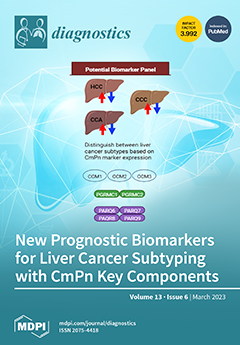Thyroid cancer represents the prominent endocrine cancer in children. Papillary thyroid cancer (PTC) constitutes its most frequent (>90%) pediatric histological type. Mutations energizing the mitogen-activated-protein kinase (MAPK) pathway are definitely related to PTC. Its most common genetic alteration is in proto-oncogene B-Raf (BRAF). Mutated BRAF is proposed as a prognostic tool in adult PTC. We conducted a systematic review and meta-analysis evaluating the association of mutated BRAF gene and prognostic clinicopathological characteristics of PTC in children/adolescents. Systematic search for relevant studies included PubMed, MEDLINE, Scopus, clinicaltrials.gov and Cochrane Library. Pooled estimates of odds ratios for categorical data and mean difference for continuous outcomes were calculated using random/fixed-effect meta-analytic models. BRAFV600E mutation presents a pooled pediatric/adolescent prevalence of 33.12%. Distant metastasis is significantly associated with mutated BRAF gene (OR = 0.32, 95% CI = 0.16–0.61,
p = 0.001). Tumor size (MD = −0.24, 95% CI = −0.62–0.135,
p = 0.21), multifocality (OR = 1.13, 95% CI = 0.65–2.34,
p = 0.74), vascular invasion (OR = 1.17, 95% CI = 0.67–2.05,
p = 0.57), lymph node metastasis (OR = 0.92, 95% CI = 0.63–1.33,
p = 0.66), extra-thyroid extension (OR = 0.78, 95% CI = 0.53–1.13,
p = 0.19) and tumor recurrence (OR = 1.66, 95% CI = 0.68–4.21,
p = 0.376) presented no association or risk with BRAF mutation among pediatric/adolescent PTC. Mutated BRAF gene in children and adolescents is less common than in adults. Mutation in BRAF relates significantly to distant metastasis among children/adolescents with PTC.
Full article






